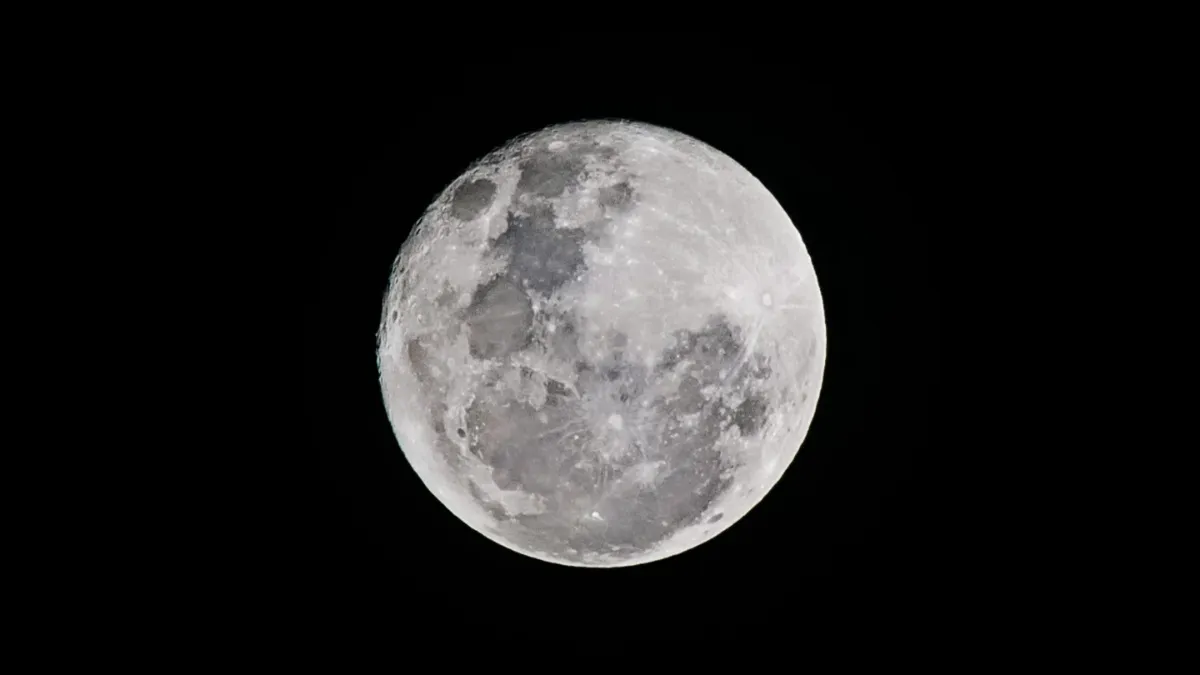In an ambitious move, NASA is venturing to establish the first fully operational railway station on the Moon, aiming to facilitate reliable and efficient payload transport across the lunar surface. This initiative comes as part of broader efforts to expand lunar exploration and establish functional lunar bases. NASA's proposed system, named Flexible Levitation on a Track (FLOAT), introduces magnetic levitation technology over a flexible film track structure. Unlike conventional trains, these FLOAT robots will employ unpowered magnetic levitation, utilising diamagnetic levitation to passively float over tracks.
Key features and benefits
FLOAT robots are engineered to mitigate lunar dust abrasion and wear, a common challenge faced by traditional wheeled or tracked lunar vehicles. By levitating over the track, these robots minimize surface contact, ensuring longevity and operational efficiency. Moreover, the FLOAT system offers versatility and adaptability, with tracks unrolling directly onto the lunar regolith, eliminating the need for extensive on-site construction.
Operational capabilities
The proposed FLOAT system boasts impressive payload transportation capabilities, capable of transporting payloads of varying shapes at speeds of up to 0.5 meters per second. Additionally, a large-scale FLOAT system could potentially move up to 100,000 kg of regolith over multiple kilometers per day, facilitating essential lunar base operations.
Autonomous functionality and prospects
Designed to operate autonomously in the harsh lunar environment, FLOAT promises minimal site preparation and adaptable track configurations to meet evolving mission requirements. NASA envisions the FLOAT system as a cornerstone of future lunar base operations, aligning with long-term lunar exploration goals outlined in initiatives such as the Moon to Mars plan and mission concepts like Robotic Lunar Surface Operations 2 (RLSO2).
Project development and future endeavors
NASA's project roadmap includes the design, manufacture, and testing of sub-scale robot and track prototypes, culminating in a lunar-analogue demonstration to evaluate system performance and durability under simulated lunar conditions. As the project progresses, NASA aims to refine the FLOAT system, ensuring its readiness for integration into future lunar exploration endeavors.
This innovative lunar transport solution marked a significant step forward in advancing human exploration and habitation beyond Earth, paving the way for sustained lunar presence and enabling ambitious scientific discoveries and technological advancements.
Also read | Geomagnetic storms to hit Earth continuously till Sunday night: NOAA

